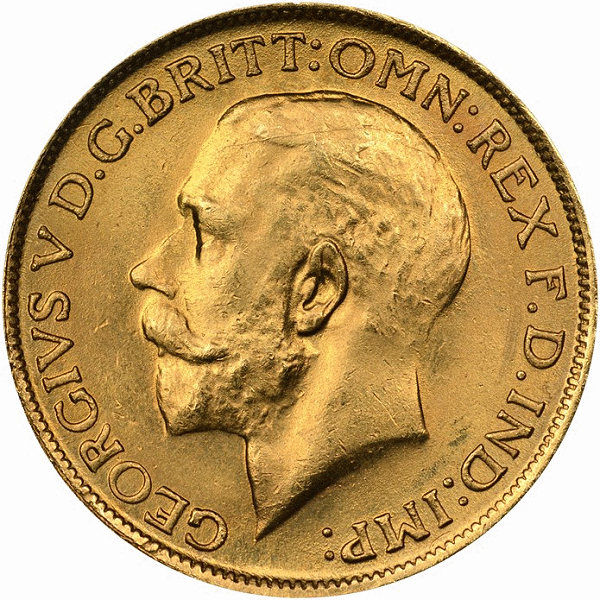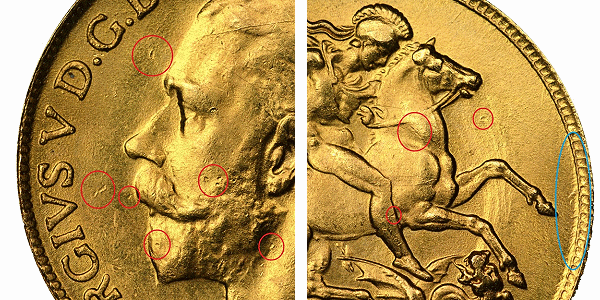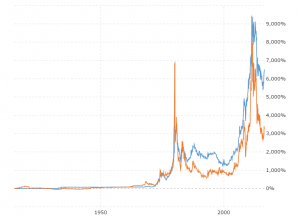Gold Soverign Counterfeit Detection – 1928 South African Gold Sovereign
Collecting coins for their value to collectors or for the intrinsic value of their metal contact – as bullion – is both an interesting hobby and a way to invest at a time when the strength of banks may be in doubt.
To be sure that the coins and bullion you collect will retain its value, the first step is to be sure it is genuine. All articles of value, from art to banknotes, are copied and then sold as the real thing by counterfeiters. This is as true of a Picasso as it is of coins and bullion. So the smart collector should always be aware that a coin they buy may not be genuine. As a collectible, this destroys their value, and as bullion, most if not all counterfeit coins are not pure in content, so they significantly lose value against the price of the precious metal they should contain.
Detecting counterfeit coins can be difficult, and it takes an expert to know for sure, but a great way to learn is by looking at actual examples of counterfeits, to see the way they differ from the real McCoy. So let’s look at some 1928 South African Gold Sovereigns that were examined and shown to be fakes.
Gold sovereigns have a long history, but in more recent times they were struck by the Royal Mint in England between 1817 and 1917 – years when Britain was on the Gold Standard. After 1917 they were struck mainly at Mints in Australia and especially in Pretoria, South Africa. They had a face-value of £1 sterling, and contained 0.235 troy ounces (7.32g, or 113 grains) of 22 carat gold (91.667% pure). The 1928 South African Gold Sovereign was issued during the reign of King George V, so one side shows a profile bust of his head, with the words, GEORGIUS V D.G.BRITT: ONM: REX F.D.ENG: IMP: around the margin. The other side shows Saint George as a Greek warrior mounted on a horse, slaying the dragon with his sword, above the date, 1928. Compared to the face value of £1, their value in gold and collectability today is almost $600, so they represent a ‘good investment’ for counterfeiters.
The coins which were examined show significant flaws and marks that indicated that they were fakes. To begin with, there were four coins, and they all showed identical marks and scratches – a clear sign of forgery. While marks and scratches will naturally accumulate on soft gold coins, they will be different on every individual coin, so seeing the same marks on not just two, but four, coins is a clear warning. In this particular case, there were three small gouges on the face of the King, and three on the background field of the obverse. On the reverse there was a gouge on the background field, and a prominent scratch across the neck of the horse. It is obvious that these marks must have been on the coin used to make the counterfeit die, and the forger took no steps to remove them and create a clean die. In additional, especially on the reverse side, the reeds (denticles) of the rim are blurred and in some areas spiked into the background of the coin. Again, compared to a true coin, this poor workmanship indicates a forgery.
By looking for these kinds of defects, and by having a known genuine coin for comparison, most counterfeit coins can be detected. Making sure your coin collection is genuine is the first step in ensuring it retains (and hopefully increases) its value.












I’d like to buy several uncertified coins because I like to hold the coins. I read that APMEX verifies all coins they sell are authentic. However, they don’t sell all the coins I’m looking at buying, and I’d like to know if GoldenEagleCoins also verifies all their coins are authentic. Could you let me know? Thx.